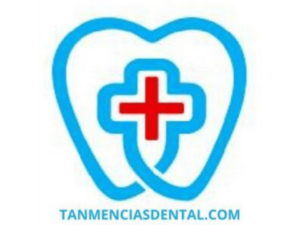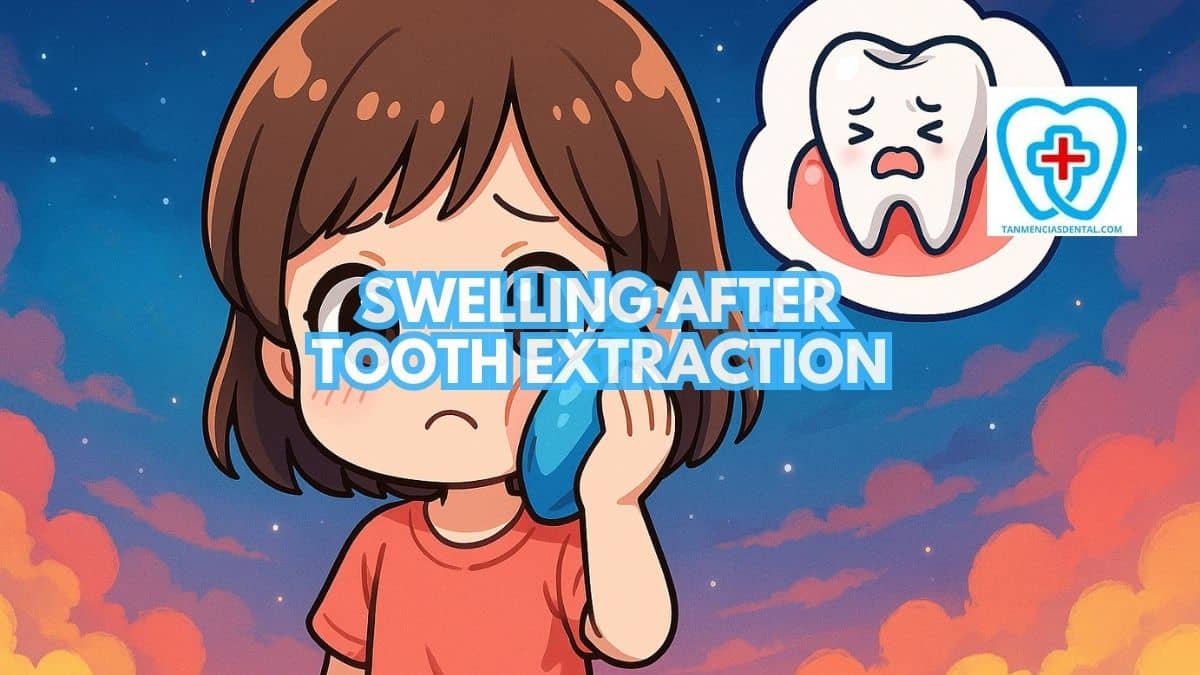Swelling after tooth extraction commonly occurs and can cause discomfort for several days.
It results from the body’s natural response to injury or surgery, leading to inflammation.
While generally harmless, severe swelling can interfere with daily activities like eating and speaking comfortably.
Proper care using home remedies can effectively reduce swelling and encourage faster healing.
Knowing the right techniques helps ease discomfort and speeds your recovery.
1. Cold Compress Application Within 24 Hours
Applying a cold compress soon after tooth extraction helps decrease swelling quickly by reducing blood flow to the area.
Use ice packs or frozen vegetables wrapped in a soft cloth to prevent skin irritation.
Place the wrapped compress gently against the swollen cheek for about 15-20 minutes, followed by a rest period of equal length.
Repeat this cycle throughout the first day, especially within the first 24 hours after surgery.
Regular use of cold compresses during this initial period effectively minimizes swelling and discomfort.
🦷 How to Clean Teeth Without Toothbrush: Tips for Kids, Campers, and Busy Adults
2. Over-The-Counter Anti-Inflammatory Pain Relief
Medications like ibuprofen or naproxen are helpful in reducing swelling and relieving pain after tooth extraction.
These medicines work by lowering inflammation-causing substances in your body.
Follow the dosage instructions exactly to avoid unwanted side effects or complications.
If you’re already taking other medications or have health conditions, check with your dentist before starting new pain relief medication.
Proper use of these medications supports your recovery by controlling pain and swelling safely.
🦷 What Are the Best Soft Foods to Eat After Teeth Pulled for Comfort and Nutrition?
3. Keeping Head Elevated During Rest
Raising your head during sleep or rest can significantly reduce swelling after tooth extraction.
Prop yourself up with extra pillows or rest in a reclined chair to keep your head above your heart level.
This position allows fluids that cause swelling to drain away more effectively.
Maintaining elevation for at least two nights following extraction will noticeably reduce facial puffiness.
Avoid lying flat, as this can worsen swelling and delay healing.
🦷 Why Smoking After Tooth Extraction Delays Recovery and Causes Infection
4. Gentle Warm Saltwater Rinses After 24 Hours
Starting 24 hours after tooth extraction, warm saltwater rinses help soothe swollen gums and encourage healing.
Create the rinse by dissolving half a teaspoon of salt in one cup of warm water.
Gently hold the mixture in your mouth, allowing it to soothe the extraction area without vigorous swishing.
Let the liquid flow out gently rather than spitting forcefully to protect the healing tissue.
Doing this several times daily cleanses the area, reduces inflammation, and promotes healing.
🦷 How to Choose the Best Mouthwash for Gum Disease
5. Avoiding Vigorous Rinsing And Spitting
After tooth extraction, avoid forceful rinsing or spitting to prevent dislodging the protective blood clot.
The clot protects the extraction site and helps control swelling and pain.
After gentle rinsing, let water slowly drain from your mouth by leaning over a sink.
Avoid actions that create pressure in the mouth, especially during the first 48 hours post-extraction.
Gentle mouth care practices help protect the healing site and prevent complications.
🦷 What Are the Most Effective Methods on How to Close Gaps in Your Teeth?
6. Drinking Anti-Inflammatory Herbal Teas
Herbal teas like chamomile, peppermint, or green tea contain natural ingredients that help reduce swelling.
Drinking these teas warm (not hot) soothes inflamed tissues in your mouth.
Sip tea slowly and carefully to prevent irritation around the extraction site.
Incorporating herbal teas into your recovery routine provides additional comfort while reducing inflammation.
Regularly consuming these teas can make your recovery more comfortable and speed up healing.
🦷 How to Close Your Teeth Gap At Home: Myths vs. Facts
7. Applying Natural Soothing Agents Like Aloe Vera Or Honey
Natural remedies such as aloe vera gel and honey can soothe gums and reduce swelling after extraction.
Aloe vera has anti-inflammatory properties that can significantly ease swollen gums and speed healing.
Honey is a natural antiseptic that reduces inflammation and protects the extraction site from infection.
Apply a small amount of either aloe vera gel or honey gently to the swollen area several times daily.
Consistent application of these remedies supports quicker and more comfortable recovery.
🦷 How to Close Gaps in Teeth Naturally
8. Avoiding Smoking And Tobacco Products
Avoiding tobacco products after tooth extraction is vital, as smoking significantly delays healing and increases swelling risks.
Chemicals in tobacco restrict blood flow, slowing down your body’s natural healing processes.
Additionally, the sucking motion used in smoking can dislodge the blood clot protecting your extraction site, increasing swelling and pain.
Completely avoid tobacco use for at least two days, ideally longer, until the extraction site heals fully.
Staying tobacco-free speeds your recovery and reduces the risk of complications.
🦷 Beyond Bad Breath: The Devastating Effects Of Not Brushing Teeth
9. Maintaining Careful Oral Hygiene
Proper oral hygiene after tooth extraction is crucial to avoid infections that could worsen swelling.
Brush your teeth gently, avoiding direct contact with the extraction area for at least 48 hours.
Use antiseptic mouthwash as recommended by your dentist, gently swishing it to prevent bacterial buildup without disturbing healing tissues.
Careful yet thorough oral care keeps your mouth clean, promotes healing, and reduces swelling.
Good hygiene practices are essential to recover quickly and comfortably.
🦷 Why Choosing the Right Stuff to Eat After Wisdom Teeth Removal Matters for Healing
10. Recognizing Signs Of Infection Or Complications
Identifying early signs of infection after tooth extraction is crucial to prevent further swelling and serious complications.
Watch for increased swelling, severe pain, unusual discharge, a foul taste, fever, chills, or swollen lymph nodes.
These symptoms could indicate an infection or other complications needing prompt attention from your dentist.
Contact your dental professional immediately if you notice these signs.
Early intervention can reduce swelling effectively and prevent serious health problems.
👨⚕️ Conclusion
Successfully managing swelling after tooth extraction requires simple, consistent home care techniques and careful attention to your body’s signals.
Use cold compresses, medication, and gentle oral hygiene practices regularly to ease swelling and discomfort.
Avoid tobacco, vigorously rinsing, and spitting to protect the extraction site.
Recognize and promptly respond to potential complications to ensure quick healing.
These practical tips ensure your recovery is as smooth and comfortable as possible.
😊 Self-Promotion
Come visit us at Tan-Mencias Dental Clinic, located at 44 G. Del Pilar Street, Parang, Marikina City.
We’re here to help you with your dental needs in a clean, friendly, and comfortable place.
If you have questions or need to book an appointment, you can call us at 0917-145-1074.
You can also send us a message through our Facebook page or fill out the contact form on our website.
We’d love to hear from you and help you smile with confidence!

